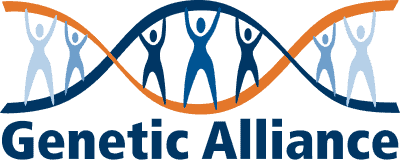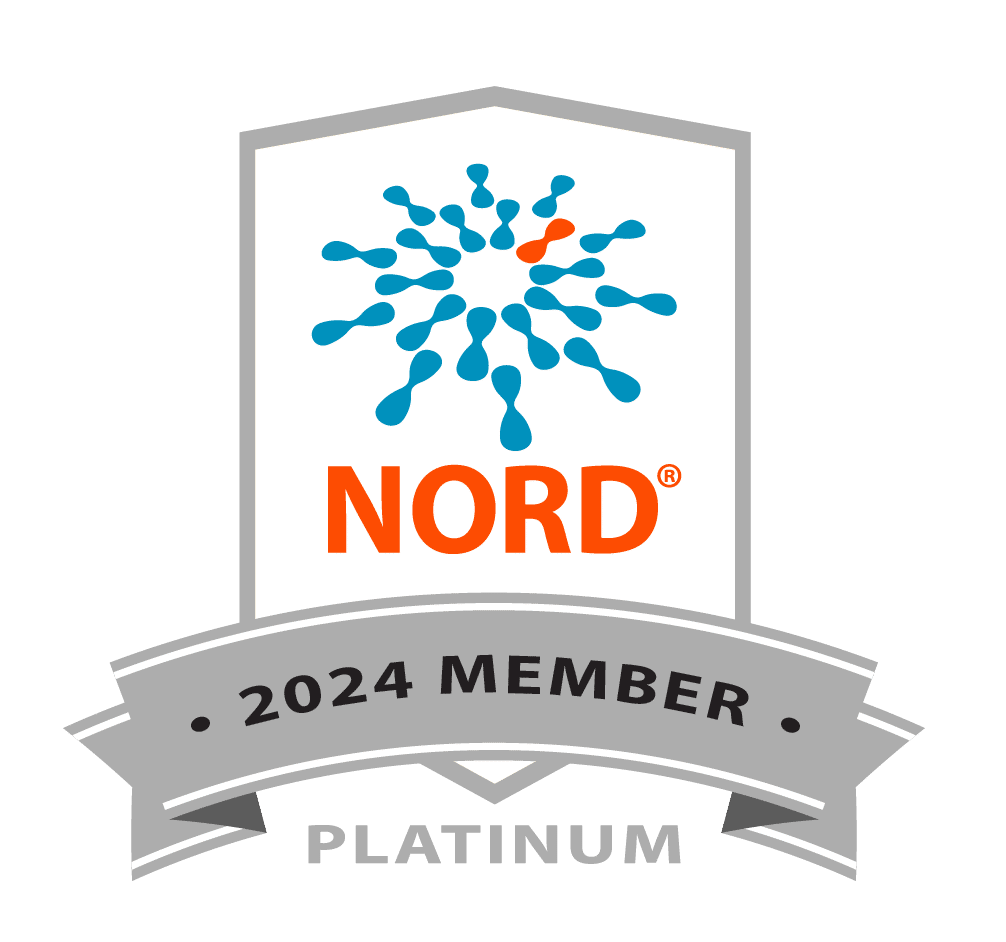1. Barbacid Lab
Contact: Carmen Guerra, Staff Scientist
Spanish National Cancer Centre (CNIO)
Melchor Fernández Almagro nº3
Madrid, Spain
Tfno: (0034) 91732 8015
Fax: (0034) 91732 8010
e-mail: mcguerra@cnio.es
www.cnio.es
Mouse Model for Human CFC Syndrome
Urosevic et al., Proc Natl Acad Sci USA. 2011;108(12):5015-20.
Gene: B-Raf+/LSLV600E mice: germ-line expression of a B-RafLSLV600E allele. This targeted allele allows low levels of expression of B-RafV600E.
Short description of phenotype: independently of the genetic background:
-
- Normal Mendelian ratios at birth
- Reduced life span
- Small size
- Craniofacial dysmorphia
- Cardiac defects: Cardiomegaly due to cardiac hyperplasia. No alterations in the structure of auricles, ventricles or aortic valves. No fibrosis. Normal blood pressure. No arrhythmias. Significantly increased lower end systolic and end diastolic volumes and heart ejection fractions.
- Possible deficiency in glomerular filtration.
- Epileptic seizures: 15% in 12-week-old mice up to 50% in 20-week-old mice.
- Cataracts: 40% in 8-week-old mice up to 80% in 32-week-old animals.
- High Incidence of Chromafin-Derived Tumors: paragangliomas and pheochromocytomas in 80% of the mice (20/25) in about 5 months of age. 20% metastasis to distant tissues.
Strain background: affects survival and mating
-
- Mice in a mixed genetic background (B6/129) [C57BL/6J (75%) and 129Sv/J (25%)] displayed a 35% death of the mice during their first 3 wk of life. Moreover, very few of these mice survived beyond 30 weeks.
- This survival rate was further compromised when B6/129 mice were backcrossed into the C57BL/6J background (B6). Most mice with a 98.5% contribution from C57BL/6J died before 12 weeks of age.
- Survival increased when the B6 mice were crossed with the outbred CD1 strain. About 60% of the mix B6/CD1 progeny survived more than 40 weeks.
- B6/129 and B6 males failed to mate, although no fertility problems (in vitro fertilization is needed). No mating problems in the mix B6/CD1 background.
- Lung adenomas and melanocytic hyperplasia in dermis of 10-20% B6/CD1 mice.
Mouse Model for Human Costello Syndrome
Schuhmacher et al., J Clin Invest. 2008;118(6):2169-79. Viosca et al., Genes Brain Behav. 2009;8(1):60-71.
Gene: H-Ras+/G12V and H-RasG12V/G12V mice: germ-line expression.
Short description of phenotype: in a mixed genetic background (B6/129) [C57BL/6J and 129Sv/J]:
-
- Normal Mendelian ratios at birth of both H-Ras+/G12V and H-RasG12V/G12V mice.
- Fertile. Survived rates comparable to WT littermates for more than 18 months.
- Small size.
- Craniofacial dysmorphia.
- Cardiac defects: Cardiomegaly. Concentric hypertrophy of the left ventricle associated with increased cardiomyocyte size. Enlargement of the auricles and RV was a consequence of an overall increase in the size of the wall and chambers without changes in either cell density or cell size.
- Alterations in the cardiovascular system homeostasis: Systemic hypertension. Extensive vascular remodeling. Heart and kidneys fibrosis. This age dependent phenotype is a consequence of the abnormal upregulation of the renin–Ang II system.
- Treatment with captopril in 6 weeks old mice for 12 weeks, an inhibitor of Ang II biosynthesis, prevented development of the hypertension condition, vascular remodeling, and heart and kidney fibrosis. In addition, it partially alleviated the observed cardiomyopathies.
- Hyperplasia of the mammary gland.
- Heterozygous mice showed increased avoidance toward open spaces and enhanced conditioned freezing. Homozygous mice also showed the second phenotype and, in addition, exhibited enhanced thigmotaxis in the hidden platform task and increased avoidance of the open arms in the elevated plus maze. Homozygous mice showed hypolocomotion as a consequence of the enhanced anxiety.
- Cognitive impairments.
- General activity and anxiety-like phenotype.
Strain Background: Studies were performed in a mixed genetic background (B6/129).
Mouse Model for Human Noonan Syndrome
Hernandez-Porras et al., submitted.
Gene: K-Ras+/V14I and K-RasV14I/V14I mice: germ-line expression.
Short description of phenotype: in a mixed genetic background (B6/129 [C57BL/6J and 129Sv/J]:
-
- Heterozygous K-Ras+/V14I mutant mice are born at the expected Mendelian ratios. Homozygous animals had perinatal lethality due to cardiovascular problems, whose penetrance varied with genetic background: complete perinatal lethality in B6.
- Reduced life span: half-life of 62 weeks in K-Ras+/V14I V14I and 36 weeks in K-RasV14I/V14I mice.
- Growth delay. Fertile.
- Craniofacial dysmorphia.
- Cardiac defects: Cardiomegaly due to cardiac hyperplasia. No fibrosis. No gross alterations in auricles or ventricles. Thicker aortic valves. No hypertension.
- Hematologic abnormalities including a severe MPD form of myeloproliferative disorders that resembles human JMML.
- Exposure of pregnant mothers to a MEK inhibitor rescued perinatal lethality and prevented craniofacial dysmorphia and cardiac defects.
Strain background: Mice were backcrossed to C57BL/6J (B6) and to 129Sv/J (129). Heterozygous K-Ras+/V14I mice were viable and obtained at Mendelian ratios in B6 and 129 (for at least seven generations). However, homozygous K-RasV14I/V14I mice were not viable when we intercrossed K-Ras+/V14I B6 (backcrossed for five generations). Homozygous 129 and B6/129 mice display similar perinatal lethality.
-
-
- Weight and body size of B6 and 129 K-Ras+/V14I mice was comparable to wild littermates. However, body size and body length was significantly reduced in 129 K-RasV14I/V14I mice and persisted for at least 3 months.
- Milder craniofacial alterations in B6 and 129 K-Ras+/V14I mice.
- Heart alterations: similar between B6, 129 and B6/129 K-Ras+/V14I mice. However, cardiac phenotype of K-RasV14I/V14I mice was milder in 129 than in B6/129.
- Hematopoietic phenotype: more severe in B6 K-Ras+/V14I mice, although the lifespan was similar to the B6/129 K-Ras+/V14I mice. The milder phenotype in 129 K-Ras+/V14I and K-RasV14I/V14I resulted in longer life span.
-
2. NF1 Minipig Models
NF1R1947*/+ (NF1) F0 Ossabaw minipigs
c/o Recombinetics Inc.
1246 University Avenue W., Suite 301
St. Paul, MN 55104
USA
Contact: Adrienne L. Watson
https://www.nature.com/articles/s42003-018-0163-y
NF1+/ex42del Yucatan miniature swine
https://www.ncbi.nlm.nih.gov/pmc/articles/PMC6124439/
Chris Rogers, Exemplar Genetics, PO Box 198, Sioux Center, Iowa, USA. Phone: 712.722.2767; Email: moc.scitenegralpmexe@sregoR.sirhC
Or to: Jessica Sieren, 200 Hawkins Drive, CC-704 GH, Iowa City, Iowa 52242, USA. Phone: 319.356.1407; Email: ude.awoiu@nereiS-acisseJ
Or to: Dawn Quelle, University of Iowa, 2-570 Bowen Science Building, 52 Newton Road, Iowa City, 52242-1109, Iowa, USA. Phone: 319.353.5749; Email: ude.awoiu@elleuq-nwad
Or to: Jill Weimer; 2301 E 60th St N, Sioux Falls, South Dakota, 57104, USA. Phone: 605.312.6300; Email: gro.htlaeHdrofnaS@remieW.lliJ.
Authorship note: CSR, JCS, DEQ, and JMW are co-senior authors.
~~~
If you are a researcher who has animal models or reagents that can help with RASopathies research, please contact us.




